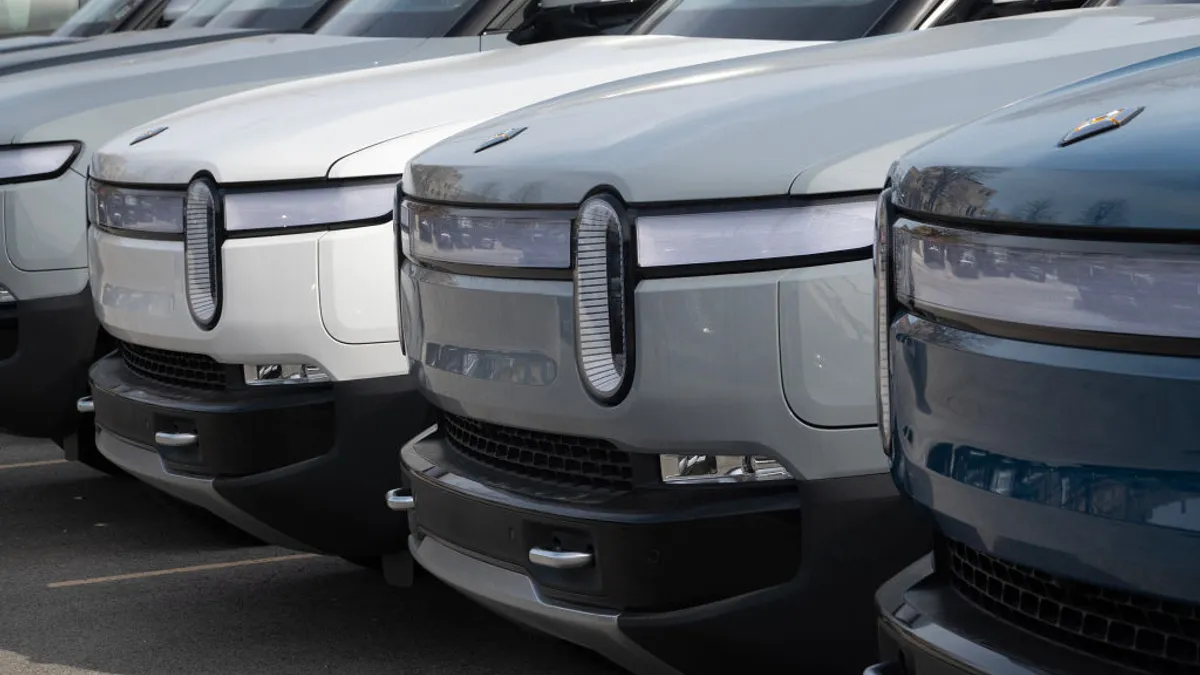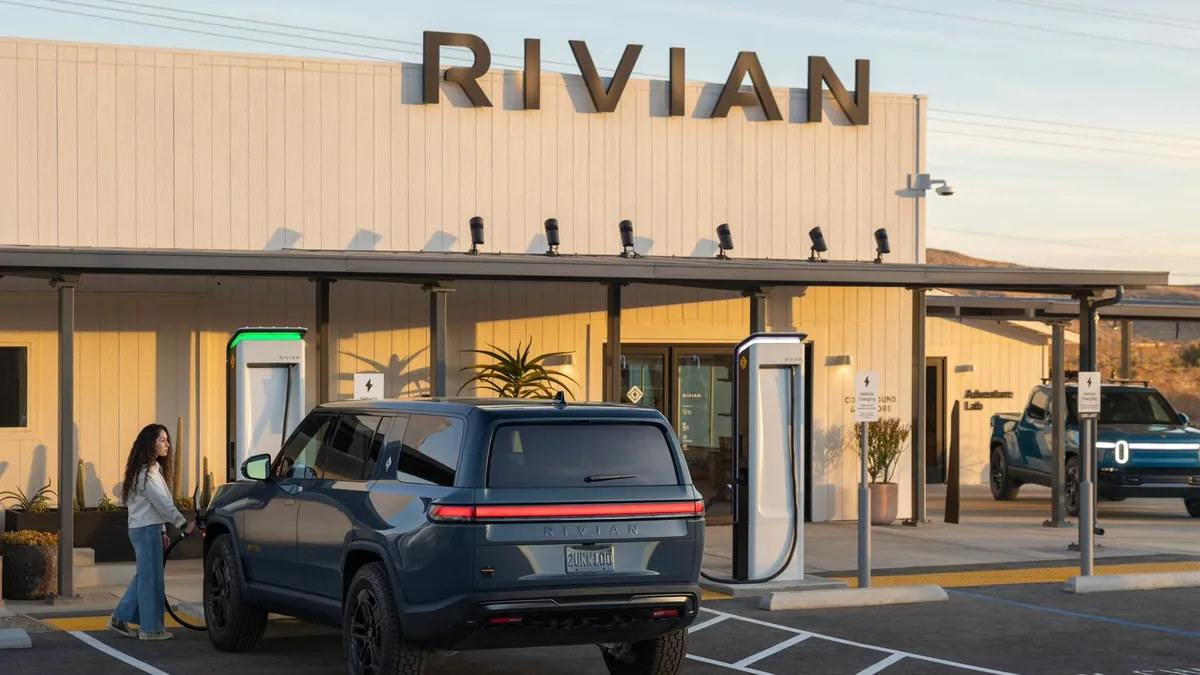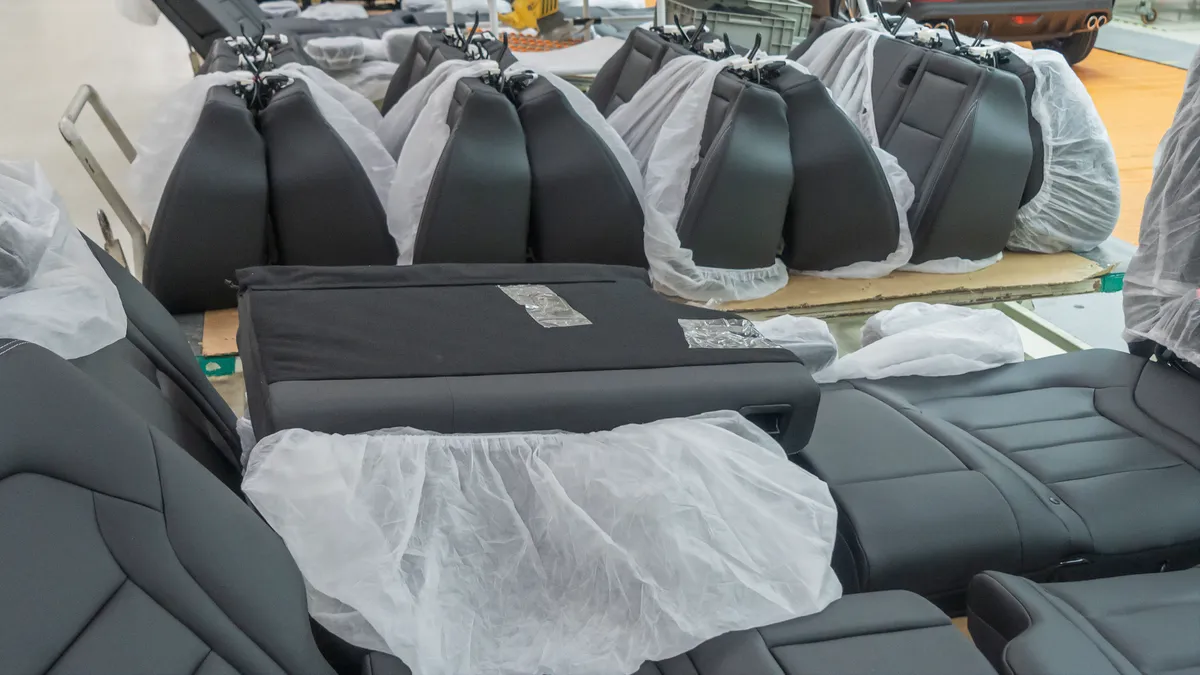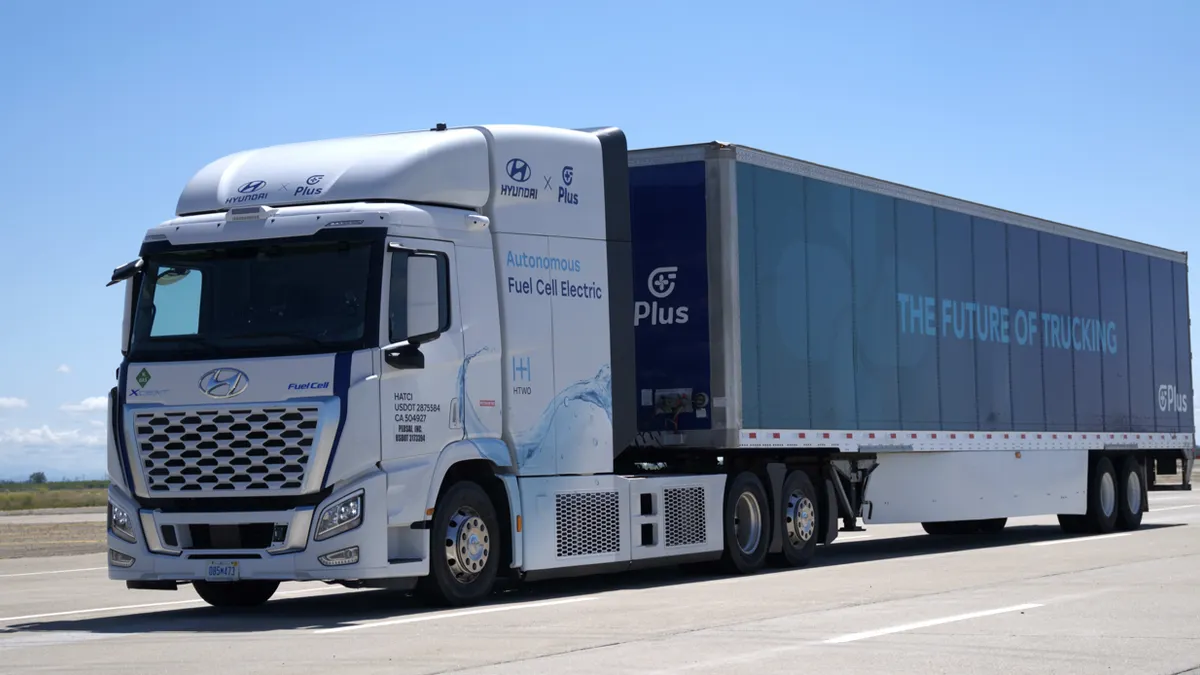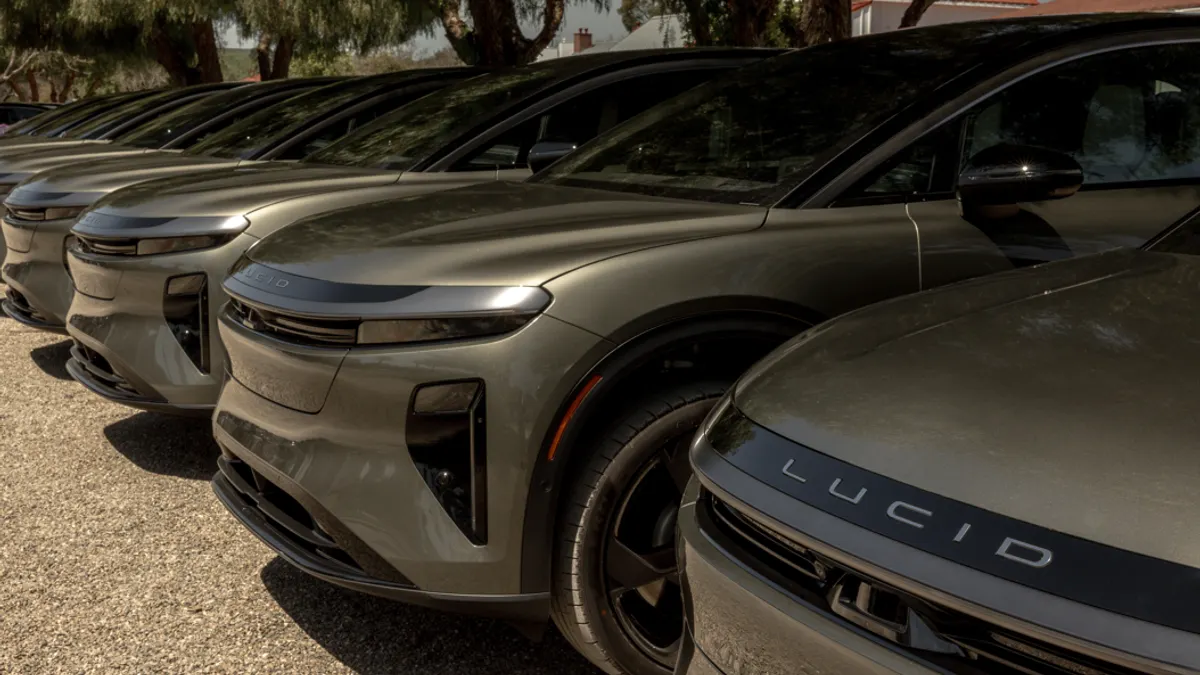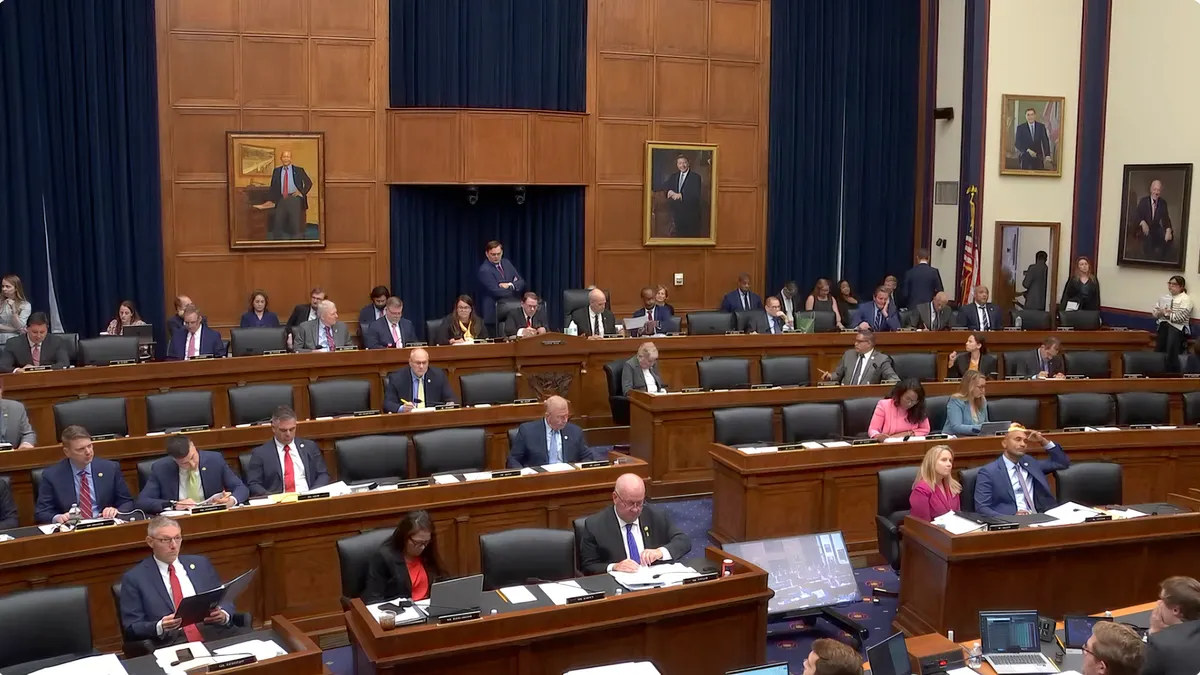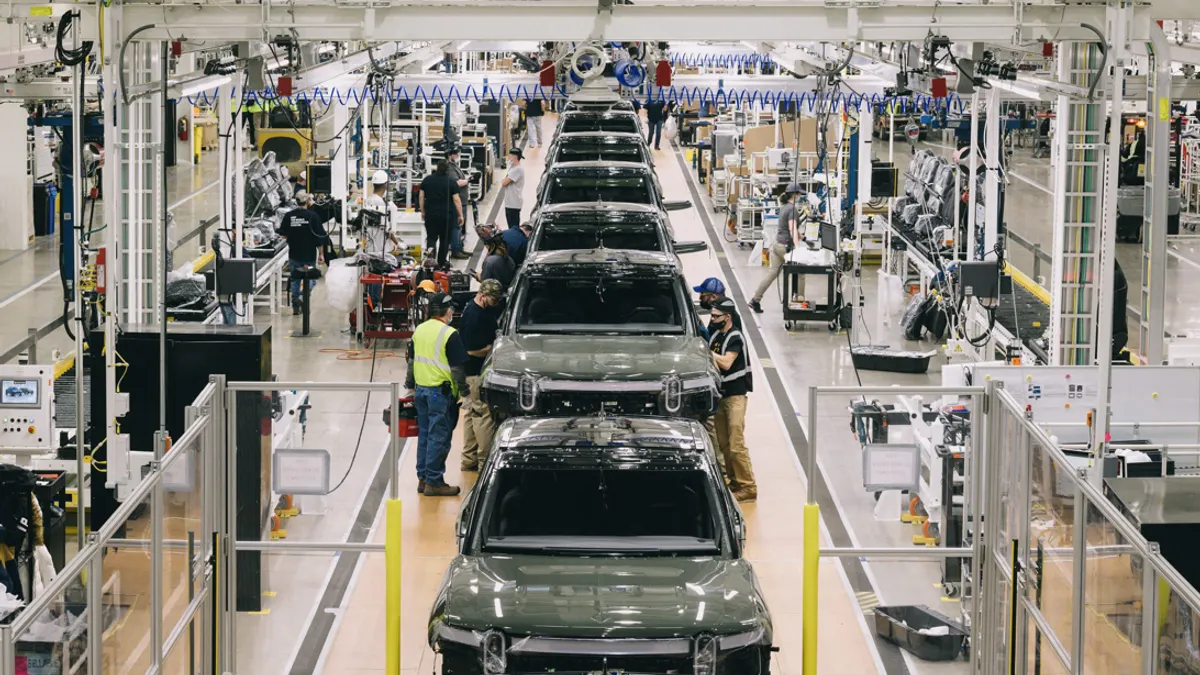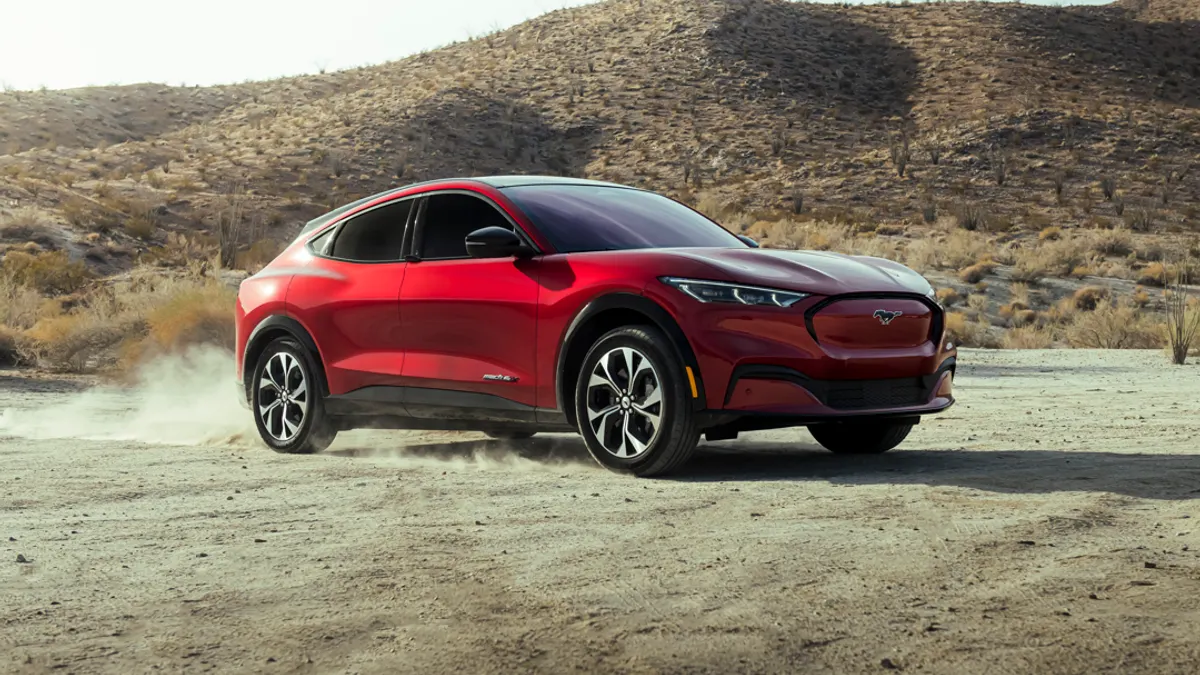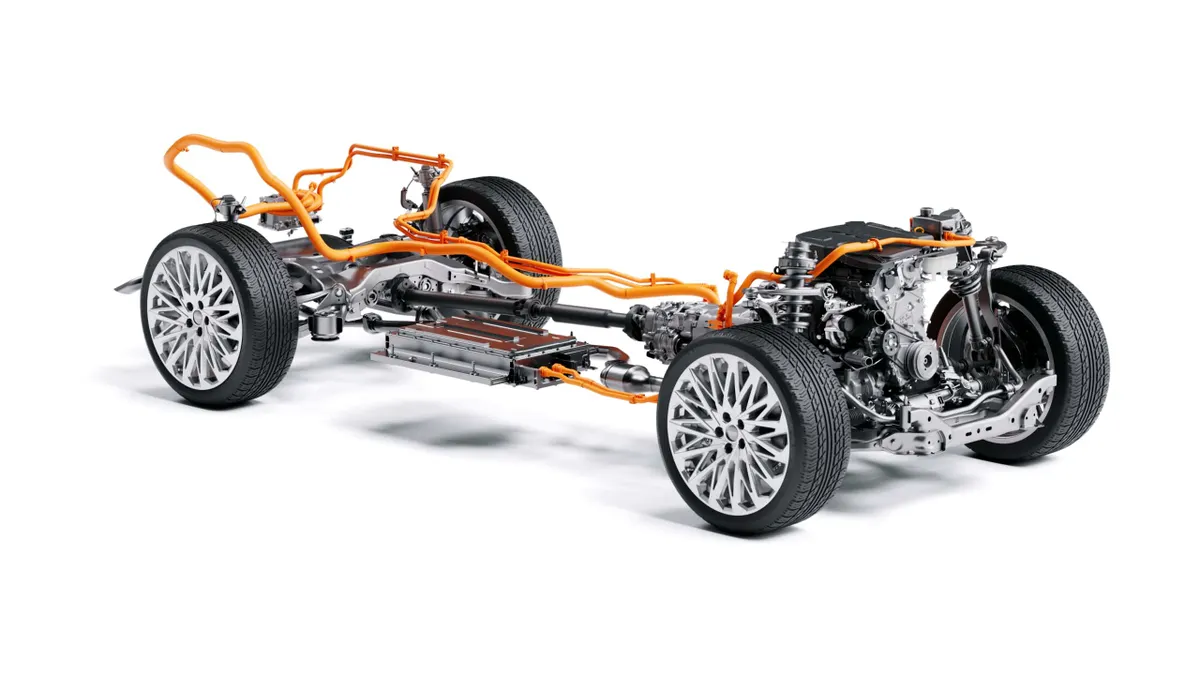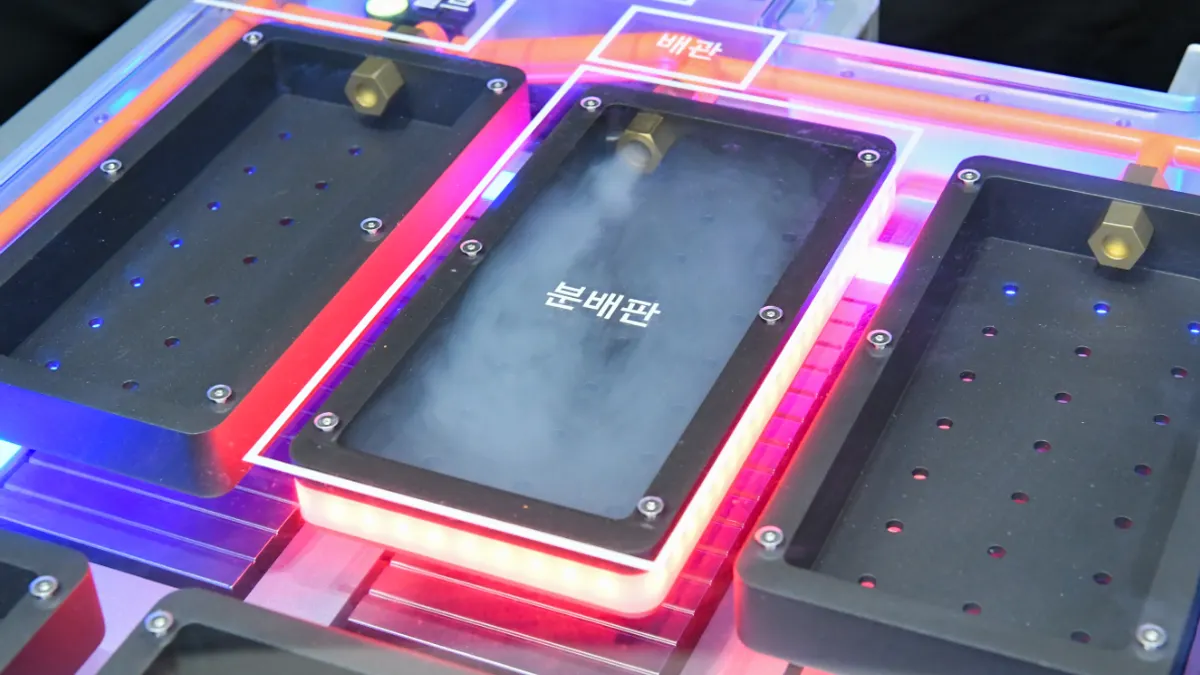President-elect Donald Trump and congressional Republicans will likely cut federal tax credits for electric vehicles in 2025, experts said.
The 30D new clean vehicle credit and 45W commercial clean vehicle credit, commonly known as the leasing loophole, are “most vulnerable,” said David Stewart, co-chair of the global public policy practice group at Squire Patton Boggs.
Many Republican lawmakers and experts have criticized the tax credits for being economically inefficient because they often provide subsidies to people who can afford to buy or lease an EV. There are “millionaires who are leasing Teslas” and receiving tax credits, said Stewart, former majority staff director to the U.S. House of Representatives Committee on Ways and Means.
It costs the federal government between $23,000 and $32,000 to encourage one additional EV purchase, even though the buyer receives only $7,500, because only 23-33% of credits lead to further sales, according to research published last fall by the National Bureau of Economic Research.
The so-called leasing loophole also allows people to lease EVs that do not meet the domestic content restrictions that apply to purchases, which seemingly undermines the Inflation Reduction Act’s policy goals, said Elaine Buckberg, senior fellow at Harvard University’s Salata Institute for Climate and Sustainability, former chief economist at General Motors and a former senior U.S. Treasury official.
“If you care about vehicle and battery origin [for purchases], why don't you care about it on leases?” Buckberg said.
When compared with no subsidies, the IRA’s EV incentive program produced a modest $1.02 in U.S. benefits per dollar spent, according to the NBER study.
“The benefits would have been larger if the IRA had not allowed tax breaks to U.S. companies that lease EVs, even those that do not meet the domestic-content requirements,” the study found.
The researchers’ analysis suggests that “many of those who leased foreign EVs to claim IRA incentives would have either bought a domestic EV or an unsubsidized foreign EV instead if the leasing option had not been allowed,” the NBER summary says.
Congress to rein in consumers’ EV tax credits
Trump cannot undo the tax credits without Congress passing new legislation because they were created under the IRA, but congressional Republicans seem willing to take action. As of Oct. 15, Republicans had voted 53 times in the House and once in the Senate to repeal parts of the IRA. The House has also passed 20 bills attempting to repeal or limit the IRA.
Congress, however, is unlikely to fully repeal the IRA, even though some congressional Republicans would support it, Stewart said.
With the nation staring down a massive fiscal cliff as the 2017 Trump tax cuts expire, Republicans will probably eliminate or limit the 30D consumer tax credit and 45X tax credit as part of a broader tax reform effort by imposing lower income restrictions or ending the credits sooner, Stewart said.
The 48C investment tax credit and 45X production tax credit, meanwhile, will likely remain safe because they often benefit Republican political constituents, Buckberg and Stewart said. As of Jan. 16, Republican-led congressional districts have received 84% of battery supply chain investments and 71% of EV supply chain investments in the U.S. since the IRA took effect, according to The Big Green Machine, a project tracking clean energy supply chains in North America.
Those investments “have made it more difficult for members to think about the repeal of IRA as a blanket policy matter. I think it is a much more surgical thing,” Stewart said.
Tax credits have a limited impact
Although tax credits helped spur the development of EVs and supply chains in the U.S., they are not the “difference maker” they once were, said Dan Hearsch, Americas leader of automotive & industrial at consulting firm AlixPartners, noting that the slowdown in EV sales began in 2023.
Ending the new clean vehicle tax won’t “make or break the market at this point,” Hearsch said.
Additionally, while the investment and production tax credits may be important for EV startups because they have fewer financial resources, ending those credits would not significantly affect established automakers’ investments.
“Companies will take the money,” Hearsch said. But federal funding is “almost never enough to set up a whole new manufacturing facility, which costs hundreds of millions or billions of dollars to do.”
A lack of reliable charging infrastructure is a more significant barrier to EV deployment than the cost differences between internal-combustion-engine vehicles and EVs, experts say.
“If universal real-time data is accompanied by improved charger uptime and driver confidence in the accuracy of the real-time data, we predict that the EV share of new vehicle sales would grow by 8.0 percentage points in 2030, expanding the EV fleet by 13.2%, and reducing 2030 carbon emissions by 22.5 [million metric tons carbon dioxide equivalent], versus baseline projections for 2030,” according to a study published Jan. 13 by NBER.
The incoming Trump administration had planned to redirect EV charger funding to national security priorities, according to transition team documents reviewed by Reuters. However, the Biden administration announced on Jan. 10 that it would provide $635 million in EV charger grants for 49 projects across 27 States, four federally recognized tribes and Washington, D.C. However, just $700,000 of the $2.5 billion in funding from the bipartisan infrastructure law remains.
“The Biden Administration has made historic investments to support the EV transition and make sure it’s made in America,” U.S. Transportation Secretary Pete Buttigieg said in a statement. “These investments will help states and communities build out a network of EV chargers in the coming years so that one day, finding a charge on a road trip will be as easy as filling up at a gas station.”



